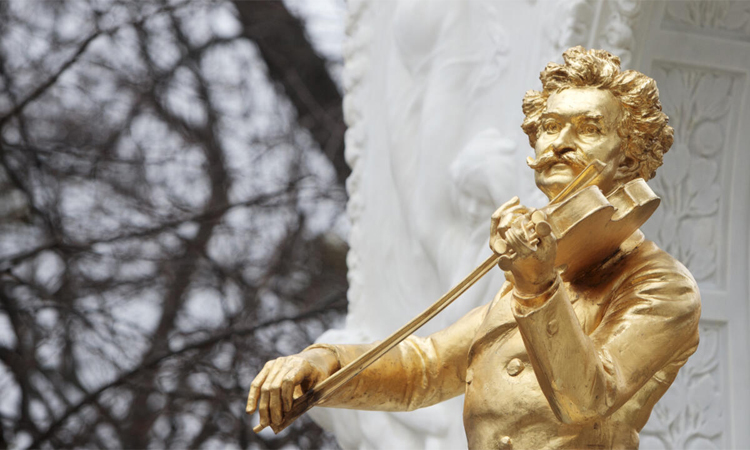News Flash

VIENNA, June 1, 2025 (BSS/AFP) - Austrian composer Johann Strauss II's "The Blue Danube" has, for many people, been synonymous with space travel since it was used in Stanley Kubrick's 1968 sci-fi classic "2001: A Space Odyssey".
But the world-famous waltz truly travelled among the stars on Saturday when the European Space Agency's antenna broadcast a live performance of it into space to celebrate the composer's 200th birthday.
The Vienna Symphony Orchestra played a concert in the Austrian capital.
The concert was broadcast live on the internet and also shown at a public screening in Vienna, in New York at Bryant Park, and near the antenna in Spain.
"The digitised sound will be transmitted to the large 35-metre satellite dish at ESA's Cebreros ground station in Spain," Josef Aschbacher, the ESA's director general, told AFP ahead of the performance.
And from there, the waltz will be "transmitted in the form of electromagnetic waves", the Austrian astronomer said.
- 'Typical of space' -
"The Blue Danube" evokes the elegance of 19th-century Vienna, which lives on in the city's roaring ball season.
For Norbert Kettner, director of the Vienna tourist board, the Danube waltz is a "true unofficial space anthem" because of Kubrick.
The timeless waltz is the "typical sound of space", Kettner said, with the tunes being played "during various docking manoeuvres of the International Space Station (ISS)".
When the waltz was performed on Saturday, the Vienna Symphony Orchestra noted the waltz's airiness as if it were floating through space, its director Jan Nast said.
Nast, who put together the programme for Saturday's hour-long "interstellar concert", said music is a language "which touches many people" and has "the universal power to convey hope and joy".
- Filling a gap -
Once transmitted via Spain's satellite dish, the signal will travel at the speed of light to eventually reach NASA's Voyager 1 spacecraft -- the most distant man-made object in the universe -- in approximately 23 hours and 3 minutes.
After surpassing Voyager 1, it will continue its interstellar journey.
By catching up with the spacecraft and its twin, Voyager 2, Austria also seeks to right a perceived wrong.
Both Voyagers carry "Golden Records" -- 12-inch, gold-plated copper disks intended to convey the story of our world to extraterrestrials.
The record holds 115 images of life on Earth, recorded in analogue form, and a variety of sounds and snatches of music.
While "The Magic Flute" by Austria's composer Wolfgang Amadeus Mozart was included among the selection of 27 music pieces, Strauss's famous waltz was not.